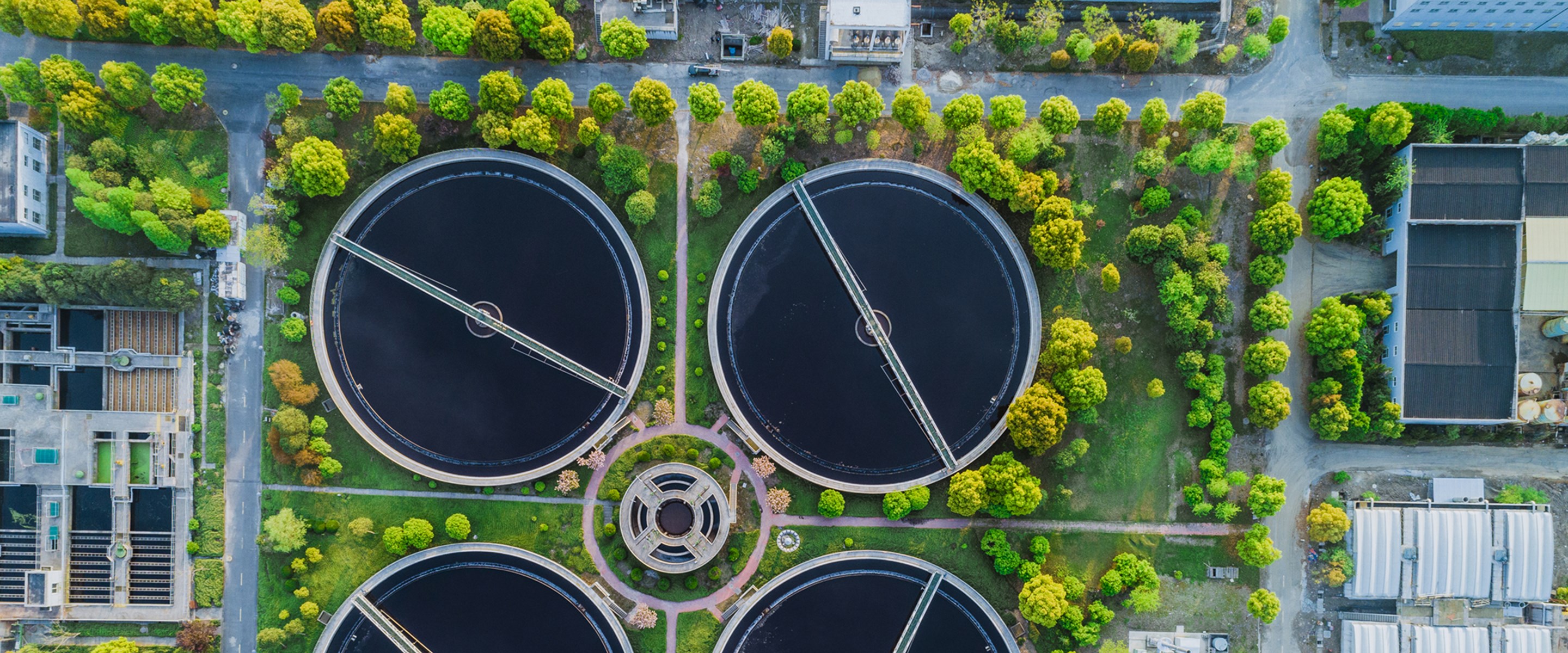The United States has a problem with water. Water supply issues and a critical need for upgrades, ongoing repairs, and entirely new water systems have created a rich M&A environment for companies that can help solve America’s most pressing water issues. After attending the WEFTEC Conference in November 2021, we explore current trends in infrastructure spending, water quality, and smart water technologies that are driving dealmaking activity in the U.S. water industry today.
We examine the most pressing issues facing the U.S. water industry today, including aging infrastructure, complex rebuilding challenges, and water quality concerns. We also highlight how innovative companies are helping to solve these challenges, including smart-water technology companies that are solving the most pressing issues through automation, data gathering, and data analysis. To better understand these complex industry dynamics, we interview Will Sarni, founder and CEO of Water Foundry, LLC and one of the world’s leading experts on water.
Key takeaways:
- The United States faces a massive need for spending to improve its water infrastructure. Meeting this need is a complex challenge, and repairing and replacing underground water infrastructure is one of its most important aspects. Innovative companies in this space have developed technologies such as trenchless rehab. In cases where water infrastructure needs to be physically installed or replaced, equipment manufacturers, distributors, and service providers are set to capitalize on growing market demand.
- Even in areas where water is abundant, water quality is a critical concern while global demand for clean drinking water is increasing rapidly. Water-quality companies—which can be split across product and service providers—are helping to solve water quality issues by providing equipment and components to enable water treatment and offer much-needed maintenance, repair, and disposal services.
- Perhaps the most exciting area of the water industry today is smart water—a group of emerging technologies that include hardware, software, and analytics designed to help water and wastewater utilities solve problems through automation, data gathering, and data analysis. Given its unique effectiveness, remote digital water management is the fastest-growing segment among water subsectors. We anticipate robust M&A activity in this area in the near term.



